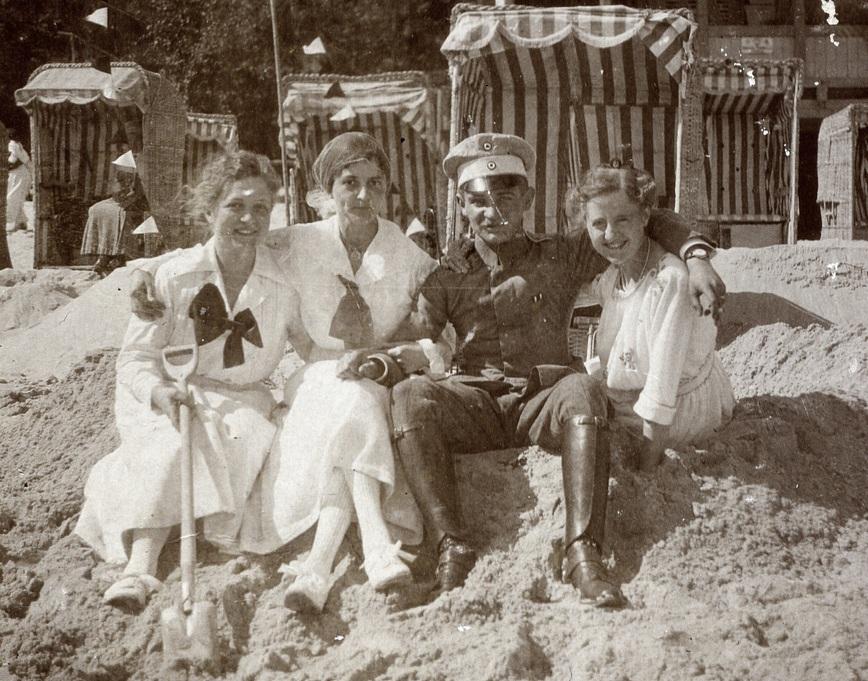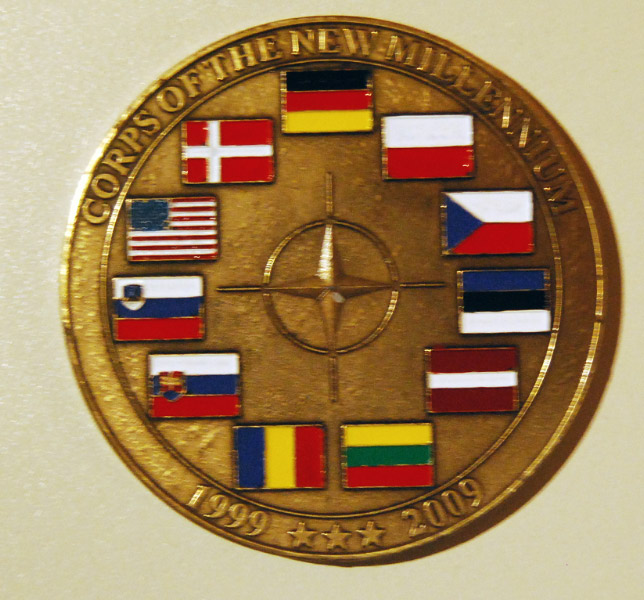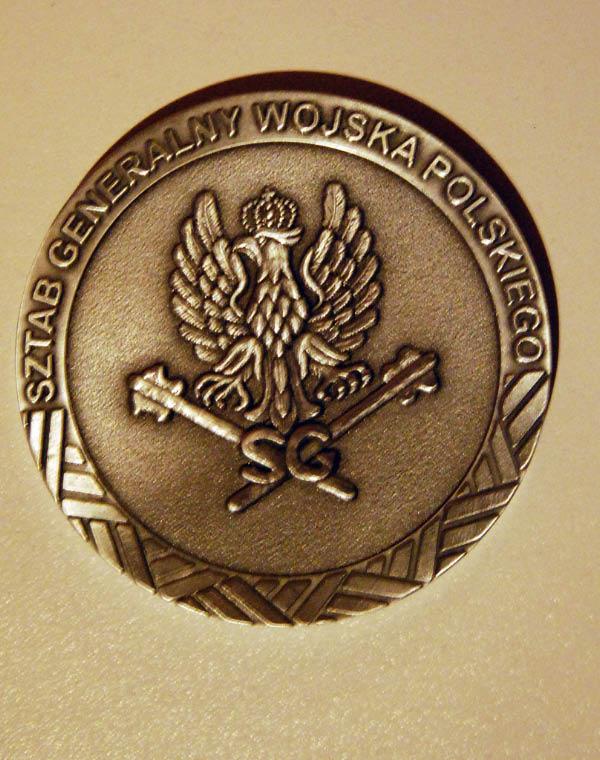-
Posts
5,629 -
Joined
-
Last visited
Content Type
Profiles
Forums
Blogs
Gallery
Events
Store
Posts posted by IrishGunner
-
-
At the beach with the Ladies

This is a definitive photo for a young lieutenant... :cool:
0 -
 :jumping:
:jumping: 
Wonders may still Happen !
Now The certificate for Arnolds Hamburg Cross has turned up on Ebay , and his vet medal/cert (ehrenlegion)
and the medalbar with EK, Hamburg, HEK Hungary !!!!!
The only thing is that seller only sells to Germany ? I maild him/her and asked if I could bid so i hope hi will sell to Sweden .......
Would be great to get some more docs together to this group

Christer
Just read this whole thread. Very, very, very good luck to you on scoring the goals! :beer:
0 -
Mannerheim supposedly also received the French Legion de Honneur and the British OBE in 1938/39; around the same time he received the EK's.
I am no expert either, but suspect the explanation above - he was a Marshall; so, he had to have the EK's as a matter of protocol. Same reason he probably received the French and British awards.
Strange times.
0 -
LTC Stahler;
There may be more to this. There is a fellow, who I think is active on another forum, perhaps not here, who lives in the UK, but whose grand-father, if I have that right, served in the 27th Jaegers, again if I have that right, which was a unit of Finnish Jaegers (sorry, no Umlaut avail.) being trained by the Germans for action in Russian Finland if the occasion presented itself. I don't know if they ever saw combat, but I believe (either from a post from this fellow, or from a PM, that many of the men of this unit later became Finnish leaders. I believe that this fellow said that his grand-father organized a visit of Hitler to Finland in the WW II period, and was a colonel or something of that sort in the Finnish Army in the WW II. Mannerheim might even have served in this Jaeger unit. Jaegers were famous for scouting missions and the like and you can see how a unit of Finnish Jaegers would have been valuable if Russian Finland would have been invaded.
You can see how the Germans might expect some sympathy from many Finns in the era, but also there were Finnish units in the vanguard of the Bolshevik movement who were legendary for Communist fanaticism. I think that some nasty stuff went on there toward the end of WW I.
Gruss aus Philadelphia,
Bob Lembke
Bob, actually Mannerheim served in the Imperial Russian Army - cavalry. During part of his service he was in partioned Poland as part of the Russian occupation. During WWI, he was on the Eastern Front fighting the Austrians and the Romanians and reached general officer rank.
I am not an expert, but last month I had a special dinner with a Finnish colleague honoring Mannerheim's meeting with the Polish Marshall Pilsudski during both country's wars against the Bolsheviks after WWI. Mannerheim is sort of his hero (he has Mannerheim's picture hanging in his living room!). It was an interesting evening of history - also eating Mannerheim's favorite dishes (reindeer soup) and drinking many shots of his favorite drink... Now get this... Vodka; but not JUST vodka... Vodka mixed with vermouth and aquavit. Not a mixed drink, but rather it is distilled and bottled together. Strange tasting vodka basically.
A month ago, I bought a postcard of what I thought was a German soldier; turns out he is actually Finnish (he's wearing the Winter War Medal ribbon). This picture was taken in a city in Finland, a port that my friend told me is where the Jaeger's returned from Germany after the war. I started to do a bit of looking into the 27. Jaeger, but haven't gotten too far. It was about the same time I started focusing on the German artillery. One of these days I need to invite my Finnish friend over for some vodka and pick his brain on the topic.
0 -
The reverse: Poland, Denmark, and Germany are the lead nations for the corps; the flags represent all eleven countries that have personnel assigned to the corps headquarters.
 0
0 -
This next one is for the 10th Anniversary (2009) of Multinational Corps Northeast, headquartered in Szczecin, Poland. This corps is available for NATO and actually the corps staff will shortly be serving as the bulk of ISAF Headquarters in Afghanistan.
Again, about 3 inches in diameter; comes in a nice felt/cardboard box.
(PS: This one could be available for trade.
 )
)The front: The corps' emblem.
 0
0 -
The reverse: "Sztab Generalny 90 lat" - General Staff 90 years
The building is the current General Staff Headquarters in Warsaw.
 0
0 -
I wondered if you'd be willing to post at least some of the ones you have as well? I'm sure others would love to see them... I know I would. I tend to love these large medals especially when cased. I've gotten a few DDR and Hungarian ones and am always on the looking for more that interest me.
Dan

I finally brought these home from my office to post. Sorry for the poor image quality. My wife is the photographer and I have to be careful in the critique; she works for free!

This first one is for the 90th Anniversary of the Polish General Staff, which was 2008. It comes in a very simple plastic case. The medal is about 3 inches in diameter.
The front: "Sztab Generalny Wojska Polskiego" - General Staff of the Polish Army
 0
0 -
Rick and Chris, here is the document:
 0
0 -
Ok, I admit I am quickly becoming confused...

I think 10. ED was part of IV Armee, but can someone confirm this...
Stupid easy question: Was 10. ED part of IV Armee or VI Armee? :unsure:
0 -
Wow, that's incredible writing.

Even an Epson can't help you there!
 You are a better man than I... :ninja:0
You are a better man than I... :ninja:0 -
No question these are/were tough people in these mountains. I lived in Slovenia for three years and hiked/climbed a lot of the mountains on the Slovenia/Italy border in the Julian Alps where a lot of the fighting took place in WWI. Using Kobarid, Slovenia (Capparetto - also scene of Hemingway's book "A Farewell to Arms") as a base, you can trace a lot of the Isonza (Soča) Front; including the area where Rommel writes about in "Infantry Attacks".
The Trentino and the Tyrol were even worse conditions - the fighting at San Matteo had to be insane.
Every 11 Nov for a Veteran's Day ceremony we'd climb Mt. Krn (2245m); last time I started my day with a short run in shorts along the Soča (this is the Slovene name for the Isonza River), but mid-day however, I was slogging through almost two meters of snow to get to near the top of Mt. Krn and the ceremony. Of course, many of those making the climb were old partisans from WWII - no shortage of tough souls and strong drinks. I could only imagine how it was to fight in these mountains during WWI. Many of the fortifications and tunnels still exist as they were at that time.
Driving the Vrsic Pass as described by Bob even today can be harrowing in the winter - assuming it's open. For the truly rugged, in June/July there is a marathon that runs up this road built by the Russians.
To remind: Mt, Krn was the area of the initial assaults along the Soča River after Italy's entry into the war in May 1915. Italian Alpini achieved the first major victory on the Soča Front with the capture of Mount Krn, when they wrested this 2245-meter peak from the hands of from its Hungarian defenders on June 16, 1915.
I have stood at the top drinking all sorts of fire water with Hungarians, Austrians, Germans, Slovenes, Italians, and a few crazy Americans!
Footnote: Great trout fishing in Kobarid and Tolmin along the Soča River. In Kobarid is one of the best restaurants - serving seafood of all things - in which I have had the pleasure to dine anywhere in the world.
0 -
Actually, this reminds me of a number of age old "curse the foot artillery" threads we have had in the past.... along with other detached units the most difficult and frustrating to research. Field Arty is a whole different ballgame.....
I suspect you are right about the foot artillery being somewhat independent from the division at this point. From the published sources and from newspaper accounts of the time, artillery of all calibers were firing almost continuously during Lys. And with Bruchmueller involved, there likely was some centralized plan. Giving the volume of firing from anecdotal accounts, artillery almost certainly was not held in reserve and it is likely that all batteries were engaged regardless of what their division was doing.
On the other hand, it is my opinion, that positioning of batteries likely followed some relative connection to division sectors. I don't have evidence of this, but it makes some sense, at least to me... So, following the 10. ED might be a blind hole, but it's a starting point.
I really am only looking for a general story regarding artillery during Lys; since finding out what Gefreiter Euen himself and 3. Batterie, Fussartl Bn. 156 were doing is rather a long shot.
In this case, the search is as instructive as the potential result. If I can get even half good at the foot artillery, imagine how easy the field guns will be...

I will try to get the doc posted later tonight; unfortunately, I don't have an Epson (yea, yea, yea
 ) and don't intend to go that route until I move back to the US. For now, I am dependent upon my wife and her camera. :banger:0
) and don't intend to go that route until I move back to the US. For now, I am dependent upon my wife and her camera. :banger:0 -
Hi,
the 10th ED joined the battle on the 15th, so the award could have been earned anytime between then and the 23rd.
Theoretically even earler, but more likely during that period.
Chris, thanks for the reminder that the date on the document isn't necessarily the date of action. Based upon 251 Divs, I would agree that this was from 15-23 April - during the Battle of Lys.
Quite a bit of artillery was being fired during this period, prepping the German offensive actions. And of course, lots of Allied counter-fire. A lot going on that could have earned an EK2.
This is my first award doc research; so, I have no expectations. Would just like to come up with a general - yet plausible - story.
0 -
I am researching an EK2 award document to a Gefreiter of Fussartillerie Battalion Nr. 156 awarded on 23 April 1918.
This artillery battalion was part of 10th Ersatz Div, which has campaign credit for the Battle at Mount Kemmel. Other than overview articles of the battle, I have found nothing specific on the activities of 10th Ers. Div on 23 April (it would be a long shot to find something specific to FussArt. Batl 156).
Any info concerning specifics of the 10th Ers. Div or the Fussartl Batl. 156 on 23 April 1918 would be sincerely appreciated.
Newspaper accounts of the day (NY Times Archive) constantly talk about the heavy artillery activity from both sides.
Any general info regarding the use of German artillery / tactics during the Battle of Kemmel would also be appreciated.
0 -
A wonderful group for a gunner! :cool:
0 -
Yes, great resource and absolutly true! Patrick is for real

Hardy
Hardy, thanks for the confirmation. I believed it to be true, but wanted to be sure. This will prove to be invaluable to my Imperial artillery project! :jumping:
0 -
Hi Simon, thank ye! I really appretiate the help.
Best
Chris
You REALLY did want to KNOW which guns?! :rolleyes:
0 -
Uwe, you are GOOD!

All I could decipher was "Berlin" :unsure:
0 -
Found this as a link from another forum; it's a website selling scanned pdf files of out-of-print Imperial regimental histories.
Looks like a goldmine. Five euro seems like a bargain. But is it too good to be true?
Anyone know anything about this website/product?
http://www.military-books.de.vu/
0 -
Have had this for some time... old guy obviously mounted it himself, god bless 'im....
Tres bon mon sergent!

Hey, I've been meaning to ask you, Chris; where does one get a burlap lined Epson?
0 -
. So much for social and professional glass ceiling stereotypes of Wilhelmine Germany!
Not surprising for an artilleryman!

(Boonzaier take note!)
0 -
Not every white prewar strap is from the foot artillery. More infantry regiments wore white than any other color.
Chip
Because they secretly wanted to be artillery?!

Bwaaa haaa haaa Boonzaier! :lol:
0 -
Rick,
If you want me to look at it, let me know when and where you post it.
Chip
Chip, it's over in "Photographs":
http://gmic.co.uk/index.php?showtopic=41914
0




Wartime Red Cross medals etc
in Germany: Third Reich: Wehrmacht Medals, Decorations & Awards
Posted · Edited by IrishGunner
Thanks for sharing. This is also a tangent of mine since my wife is a nurse practitioner. I also have a British Red Cross proficiency medal for nursing (named to K. Hill), but it doesn't have the dated clasps like your's; I haven't seen those before.
Thanks again... Here's to the ladies! :cheers: